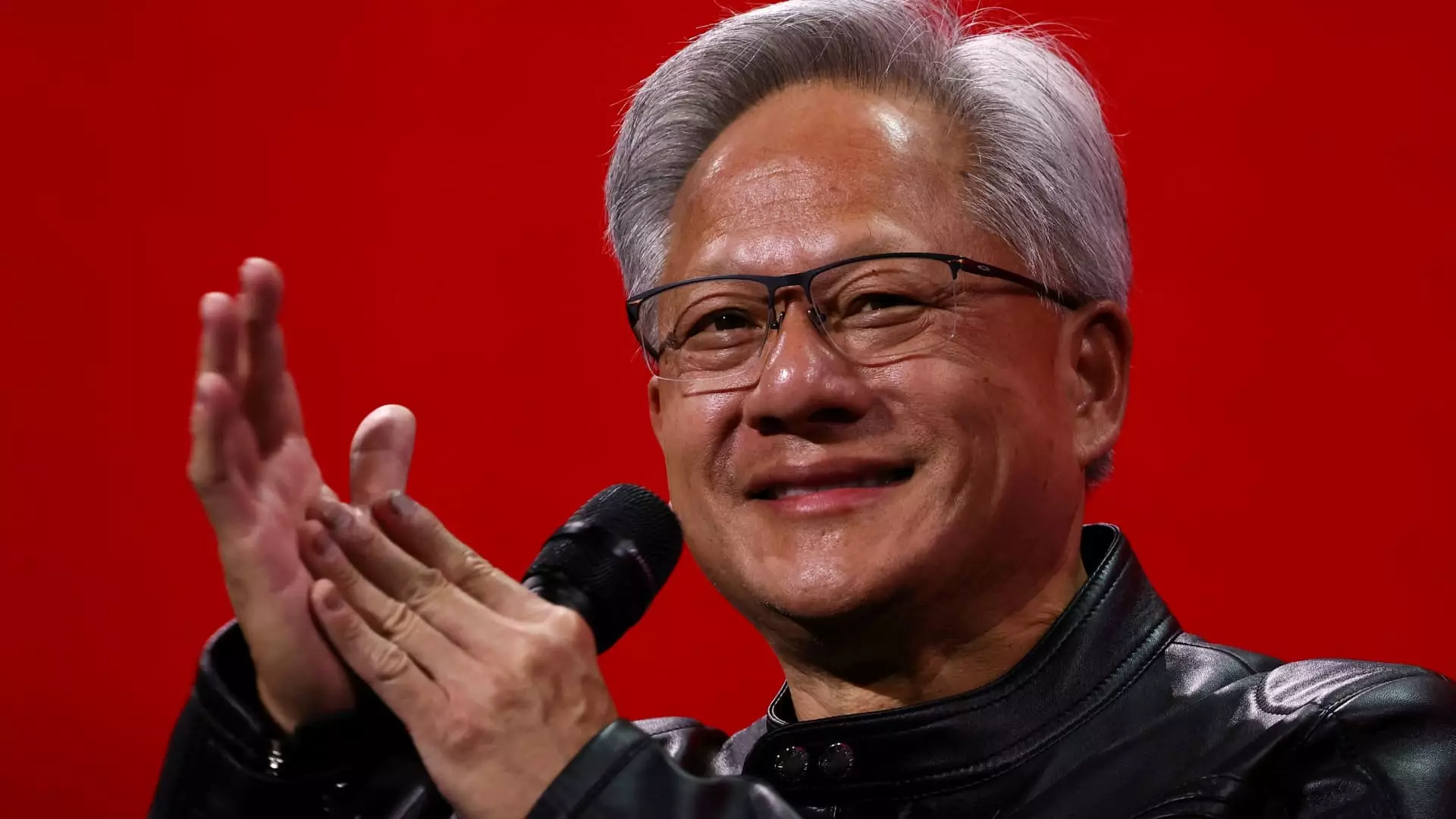In an era where technological dominance increasingly defines international power, the narrative surrounding China’s rapid advancement in artificial intelligence is both compelling and troubling. Despite aggressive export controls and restrictions imposed by the United States, Chinese tech giants—Alibaba, Tencent, Baidu—are aggressively forging ahead, developing competitive AI models that challenge Western hegemony in this critical field. Nvidia’s CEO Jensen Huang’s praise of China’s “world-class” models underscores an uncomfortable truth: restrictions might be fueling, rather than halting, China’s AI ambitions. It’s a paradox that highlights the limitations of unilateral restrictions in a globalized innovation ecosystem. Instead of curbing Chinese progress, these policies risk inspiring China to pursue self-sufficiency, bolstered by open-source initiatives and domestic talent, which could ultimately bypass Western constraints.
This scenario raises a crucial question: Are Western efforts to cage or contain China’s technological development actually backfiring? International sanctions intended to curb China’s military and strategic advancements might be inadvertently fostering a decentralized, self-reliant AI ecosystem rooted in open-source culture and domestic innovation. Such an environment weakens the rationale for broad restrictions that end up stifling innovation within their own borders. The ongoing race is not purely about market share but about setting the standards for the next era of digital power, and these restrictions risk pushing China toward independent breakthroughs that could destabilize the existing global balance.
The Myth of Limits: China’s Resilience in the Face of U.S. Controls
Chinese companies have demonstrated remarkable resilience in developing sophisticated AI models despite limited access to advanced chips. The story of DeepSeek, which managed to outcompete Western ventures on development costs, symbolizes this resilience. Such feats paint a picture of an ecosystem that refuses to be subdued by external restrictions, relying instead on ingenuity, open-source collaborations, and alternative sources of hardware. The release of open-source models like Kimi K2 by Alibaba-backed Moonshot underscores China’s strategic choice to democratize AI. This open approach, at odds with the more closed innovation models of U.S. giants like OpenAI, signals a paradigm shift—one that favors collective progress over monopolistic control.
These developments expose a fundamental flaw in the Western narrative: restricting access to technology does not inherently prevent a nation from catching up or even surpassing previous leaders. China’s mass engagement with open-source models fosters inclusive innovation, letting smaller startups and developers contribute to advancements. If anything, the restrictions may be accelerating the divide—driving China to develop local alternatives that are less dependent on Western tech and, in the process, complicating global efforts for regulation and cooperation.
Open-Source as a Double-Edged Sword
While open-source AI models are lauded by Huang as catalysts for progress and safety, they carry inherent risks that demand scrutiny. Open-source allows for rapid democratization of technology, democratizing access and fostering collaborative problem-solving. However, such transparency also lowers the barrier to malicious use, making advanced AI tools accessible to rogue states, terrorist organizations, or malicious actors. The notion that open-source AI will lead to safer, more regulated innovation is optimistic at best; it assumes a level of responsible stewardship that may not materialize universally.
Furthermore, the Chinese embrace of open-source AI represents a strategic challenge to U.S. dominance—not just technologically but ideologically. By promoting a model where innovation is a collective, global effort rooted in transparency, China subtly undermines the Western paradigm of proprietary, closed-system development. This shift complicates international regulation, as traditional Western institutions might find it harder to enforce standards or controls when foundational technologies are accessible and modifiable across borders without clear jurisdiction.
The Global Power Dynamics and Future Implications
The underlying tension of this technological chess match is as political as it is economic. The U.S. has long sought to maintain the lead in AI, wielding restrictions as a tool for strategic advantage. Yet, these policies seem increasingly shortsighted. China’s pursuit of AI independence—despite sanctions—could ultimately diminish the West’s influence over global norms and standards. When technological innovation becomes a decentralized, open-source phenomenon, the traditional top-down control strategies falter.
The recent easing of some restrictions by the U.S. signals an acknowledgment that the current approach may be ineffective or even counterproductive. It raises questions about the future trajectory of U.S.-China relations in technology: will cooperation supplant conflict, or will competition deepen to the point of fragmented standards? The outcome will shape the global landscape of technological innovation, data governance, and cybersecurity, with sweeping implications for democracy, economic stability, and international security.
By insisting on control and restrictions, the West might be blinding itself to the broader, more nuanced reality: that innovation is increasingly a global, open-ended process. China’s ascent in AI should not be dismissed as a threat but understood as an evolution—one that challenges us to rethink how we foster cooperation, regulation, and shared progress in an interconnected world. The question is whether Western liberalism can adapt to this new paradigm—balancing sovereignty and innovation—before losing its foothold altogether.

